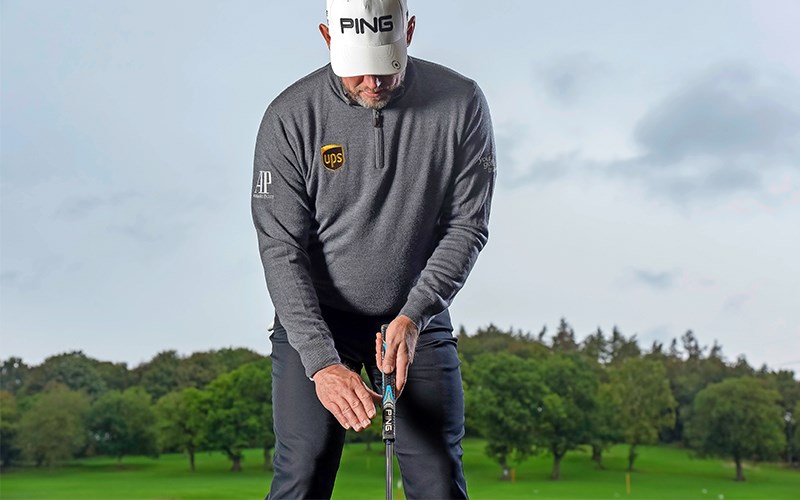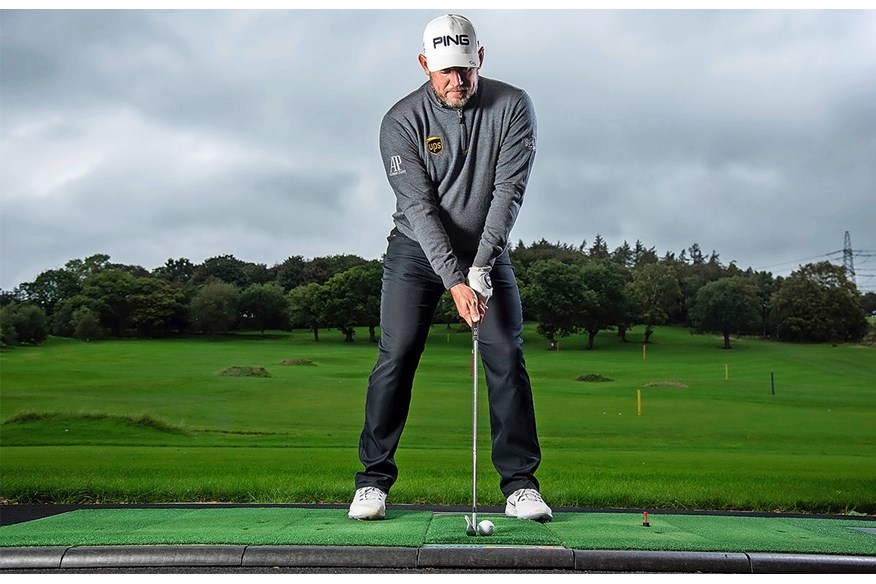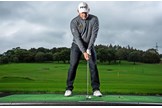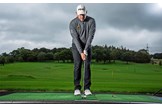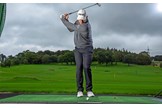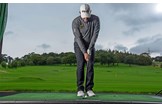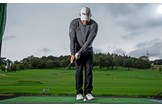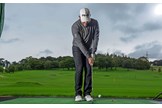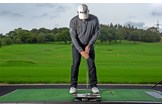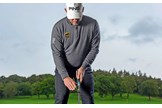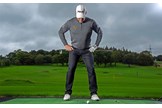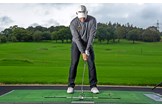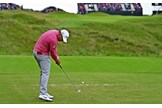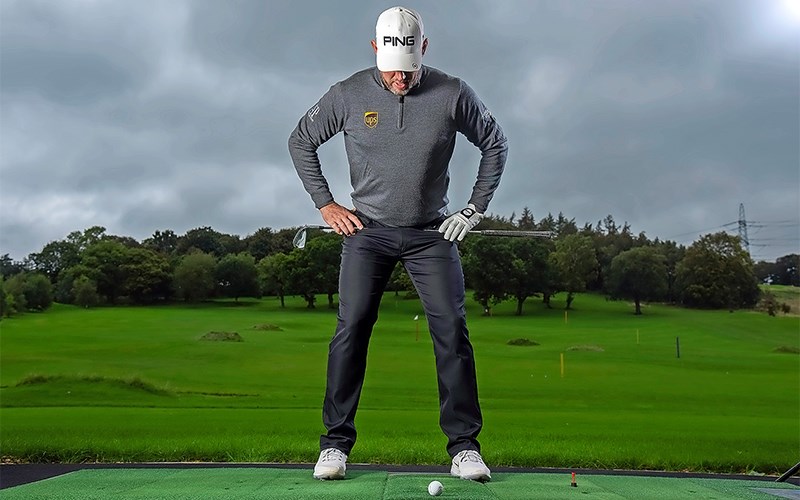Lee Westwood: “Think smarter to play better golf”
Last updated:
Race to Dubai winner Lee Westwood on how his experiences can help you think smarter and play better
From advice on how to master the basics to more specific pointers on putting and short game, 25-time European Tour winner Lee Westwood shares seven of his best tips to help you get better at golf.
Related: Lee Westwood – My 25 Years on Tour
Westwood Tip #1: Most golf swing faults come from getting the basics wrong
Even now, I spend a lot of time checking things like my posture and alignment because my swing wouldn’t function properly without a solid base to hit from. I think too many amateurs neglect the basics and, as a result, they end up compensating for a set-up fault with a swing fault.
For example, I see a lot of people who stand too far back on their heels which not only affects swing path and balance, but also consistency of strike. Very rarely do I see an amateur on the balls of their feet, ready to go. I liken it to a goalkeeper ready to save a penalty because you have to move quickly both ways.
◆ Stand tall and with your legs straight, place a club across your hips. As you push your hips and backside out behind you, tilt forward until the weight is going through your laces. Just add a little knee flex to find that athletic, ‘ready’ position so you can’t be easily pushed off balance.
Related: Lower your scores with strategy tips from the world’s best golfers
Westwood Tip #2: Your golf clubs are your best swing aids
When practising, I think everyone could benefit from laying a club down on the ground to check their alignment. It’s probably the hardest part of the set-up to get right, and you see a lot of people taking their stance with their body position pointing in the wrong direction.
I use alignment sticks all the time, and I actually do it more for my ball position because mine tends to creep back, so I end up aiming further right. I normally lay a stick down so it’s parallel to the target, and place another between my feet to act as a visual marker.
Related: Lee Westwood – My Driving Keys
◆ Place one club/ alignment stick about a clubhead-length inside of the ball, parallel to the intended target.
◆ Create a T-shape with the second club/ stick, and use it as a marker to check your ball position.
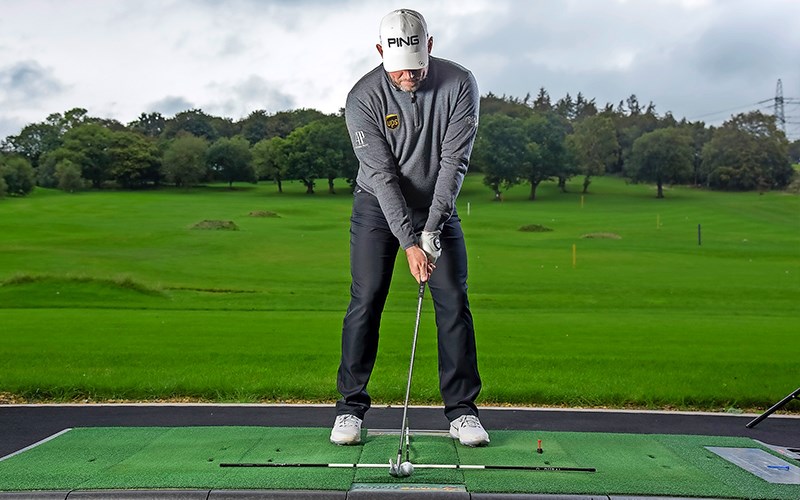
Westwood Tip #3: Keep your golf swing thoughts to a minimum
On the range, having a lot of swing thoughts is fine. But if you are out on the golf course, I think you should narrow it down to one or two. Generally, I have one thought in my takeaway and another one for the transition.
Recently, I’ve been trying to hold the position of my right leg on the way back down to stop me sliding my hips so much. It’s something I think a lot of better players struggle with when the hips race ahead of the upper body and turn too fast, spinning the body and shoulders open. This causes the arms to lag behind and for the club to get stuck behind the body, so you end up blocking it or hanging back and flicking at it. Both shots come from the same position.
Related: Putting coach Phil Kenyon saves you six shots per round
I’m now trying to keep my right leg still and really squat into it. That movement gives me a split-second longer to get the club down and to reconnect the arms with the body. A great thing you can try is to hit balls with your feet together.
◆ When I’m struggling with my timing, the one drill I normally go back to is hitting balls with my feet together. I use it a lot when I’m warming up to help me stay centred and turn more from the core.
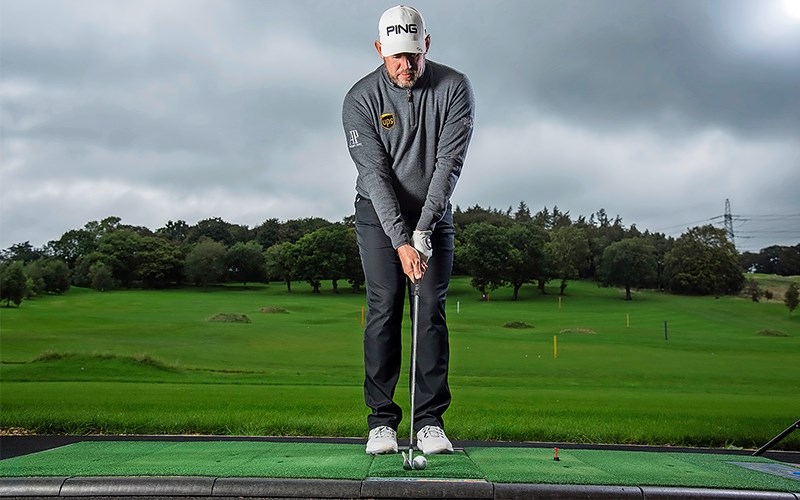
◆ If you fail to keep the lower body stable, you’ll lose balance, rhythm and power. This will force you to slow the movement down so you can get a better feel for how the arms and body need to work in unison. Sometimes I think you need that reminder because it’s easy to just concentrate on the top half and forget about the lower body – the core, hips and legs – which is where the power comes from.
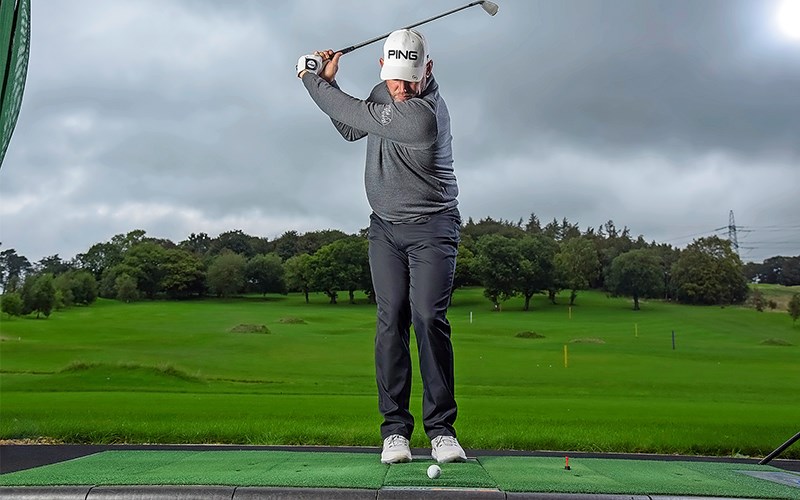
Westwood Tip #4: Don’t hit golf balls for the sake of hitting balls
I don’t think amateurs experiment enough on the range. They just stand there and hit balls. They think that’s how you can get better, but it’s not productive practice. Every time I go to the range I’ll be working on something. Before The Open, I spent a lot of time working on hitting shots under the wind. I actually have a picture on my phone of me hitting a punch shot on the 17th at Portrush. It was only 113 yards to the front and I hit a 7-iron, purely because it was so windy. What the picture shows is how low the club is coming into the ball because of how shallow my swing is. My body is totally planted and quiet and that’s something that comes with practice.
Related: Which Ping iron suits me?
◆ When I’m playing in the wind, I’ll take two or three clubs less and keep my tempo the same as normal. If anything, I’ll try to swing within myself to keep the spin rates down. The biggest fault I see, even with pros, is moving the ball too far back in the stance and leaning into the shot. As soon as you do that, you create a steeper angle of attack which sends the ball up. I might abbreviate my swing and grip down slightly for more control, but my main focus is on staying centred throughout.
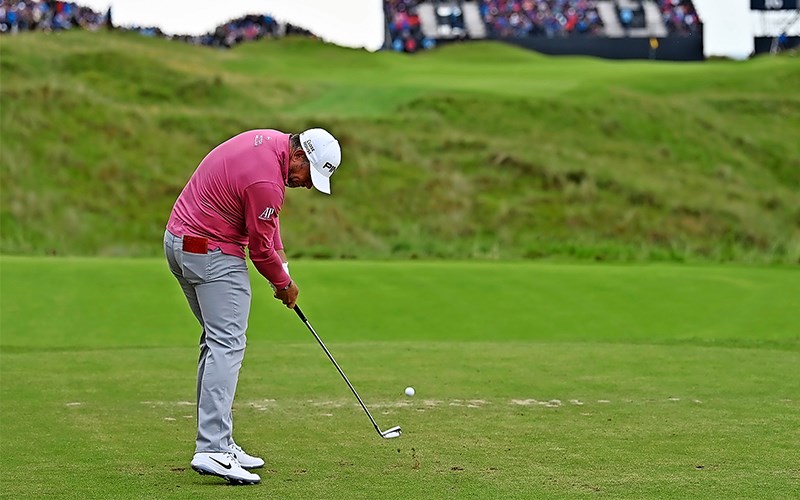
Westwood Tip #5: Let wedge bounce be your friend
Duffed chips usually stem from people panicking and letting the hands lead too much. It sounds simple, but the club should arrive at impact in the same position at set- up. If you start driving the hands forward as you come into the ball, you will lose all the bounce at the bottom of the club. The bounce is your friend and stops the clubhead from digging into the turf.
Related: Me And My Golf’s best-ever tips
◆ Stand a bit closer and address the ball with the heel up. That helps to take the club straight back and straight through because you don’t want any clubhead rotation.
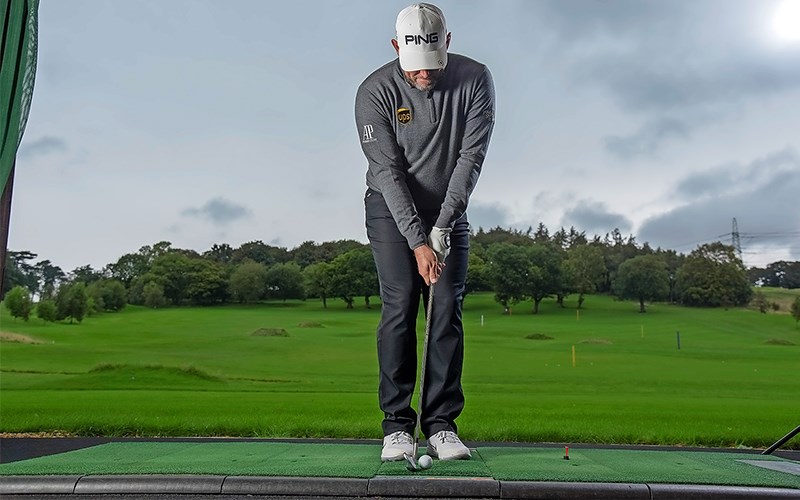
◆ As you take the club back, treat it like a putt and limit the amount of wrist movement during the swing so you can retain the angles you’ve preset at the start.
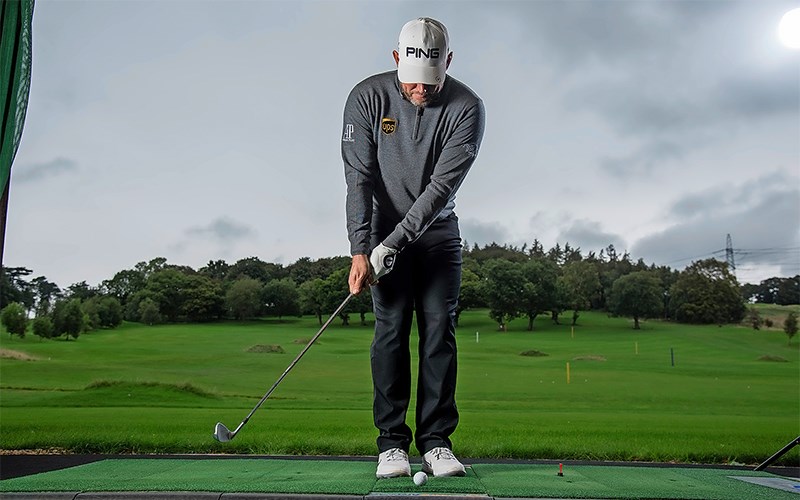
◆ If you’ve got a straight line to the pin, use a 9-iron instead of a sand wedge. It won’t check up as much and will be far easier to gauge the roll.
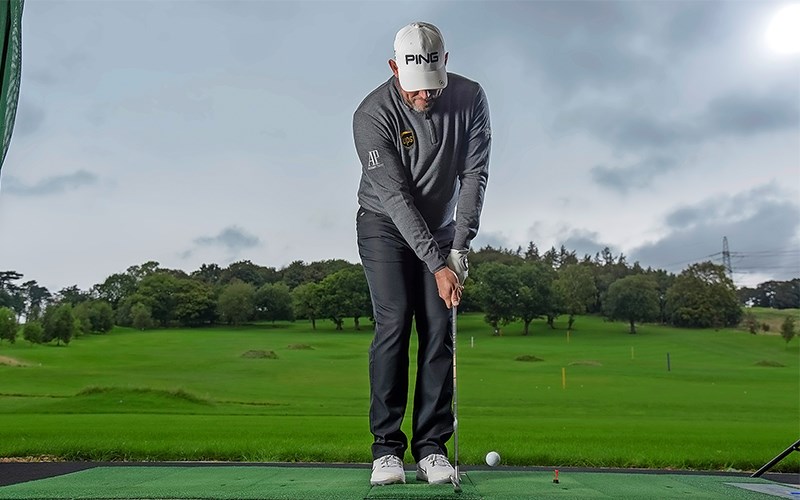
Westwood Tip #6: Putt with your eyes closed to improve your lag putting
When I feel like my pace is off, I sometimes putt with my eyes closed or putt looking only at the hole. Both are good drills to build feel because you don’t know where the strike is going to be. Basically, you’re just swinging the putterhead and letting it release naturally, which stops any kind of manipulation with the hands.
◆ Another drill I’d recommend is using a putting mirror to check your basics at set-up. It’s best to prop it up and angle it slightly (I’ve used my putter cover), just so you can check your shoulder angle is square to the target and your head isn’t moving during the stroke. You can also use the reflection to see if your eyes are over the ball which is a big thing for consistency.
RELATED: Mark Crossfield fixes your golf short game
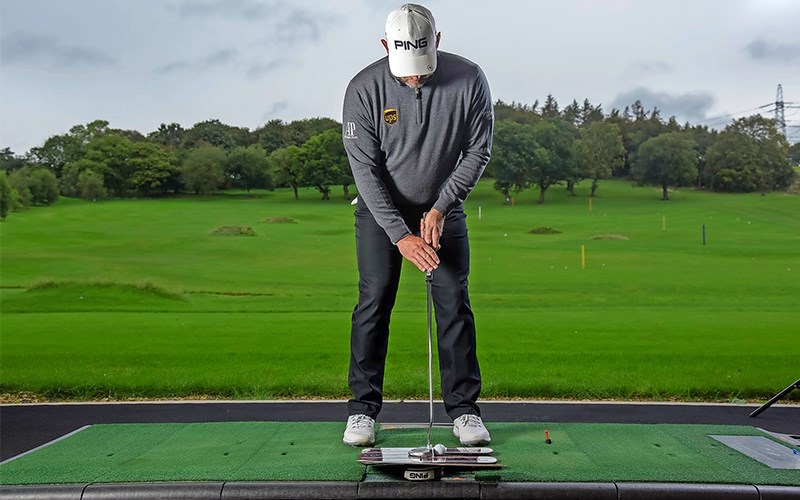
Westwood Tip #7: Change putting technique if you’re struggling on the greens
A big part of putting is feeling comfortable over the ball and again, it comes back to experimenting. Over the years, I think I’ve tried every grip there is. I didn’t putt very well last year (I’ve got a tendency of dragging the putter across the ball and hitting it out of the toe) so I’m giving the claw grip a try. Quite a few of the guys use it on Tour and it kind of takes the right hand along for the ride because it’s all in the left hand. I’m not sure whether I’ll stick with it yet, but it does help me to release the putter head down the line a bit more.
◆ Place the grip in the lifeline of the left hand, with the left index finger pointing down the shaft for added control. I like to have my shoulders pulled back from my scaps (scapulae) to try and lock my arms into my side more.
◆ Using a pincer motion with the thumb and index finger, place the right hand on the side of the handle so the thumb sits underneath.
◆ I rest my right index, middle and fourth fingers on the handle but it doesn’t really matter how many fingers are touching. The job of the right hand is to stabilise the putter, while the arms and shoulders dictate the rocking motion of the stroke.
Related: Best Putters 2020
